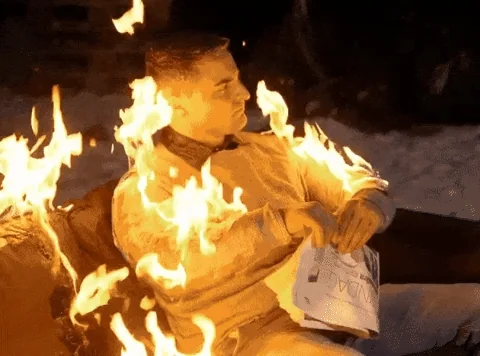Learning From The Inside Out
I’ve come to realize that education works best when it’s built around the learner. Not just teaching someone information but lighting a fire in them to seek out knowledge on their own.
That’s when it all changes. When students are genuinely curious, and they’re allowed the freedom to explore that curiosity, they become teachers to themselves.
They’re learning not because they have to but because they want to. That inner motivation is what takes learning beyond just facts and assignments—it makes it something exciting and meaningful.

But how do we actually make this shift? I’ve been thinking a lot about that, especially when I look back on how much public schooling is still rooted in traditional “chalk and talk” methods. A teacher at the front, lecturing while students sit passively—it has its place, sure, but I think we’re missing out if we stop there.
A learner-centered approach, one where each student’s unique interests and abilities are considered, can make all the difference. It’s like saying, “Hey, what lights you up?” rather than, “Here’s what you need to know.”
One idea I keep coming back to is project-based learning. Imagine if students could take on projects around things they actually care about—whether it’s the environment, music, coding, or even something niche like ancient history. Instead of memorizing facts, they’re diving into something they’re passionate about. They’re teaching themselves, discovering things on their own, and actually enjoying it. This way, they’re learning not just for the sake of it but because it matters to them personally.
Another thought is making the curriculum more flexible, with options for students to explore the things that spark their curiosity. Rather than forcing everyone through the same content at the same pace, why not offer different tracks or electives? I think about all the people who felt limited by school because they couldn’t dive into the subjects they loved.
What if we let them pursue these interests and even find connections between subjects, like science and art or history and technology? Learning would suddenly feel more like real life—something interconnected, not just compartmentalized subjects.
Of course, creating a fully learner-centered environment might seem like a big leap, but small steps can make a difference. Giving students time for self-guided projects, encouraging collaboration, or even just setting aside time for reflection on what they’re learning could open up so many doors.
I’ve seen how people light up when they’re allowed a bit of freedom, and I think if we encourage students this way, they’ll start seeing themselves not as “students” but as thinkers, creators, problem-solvers. They start learning because it’s theirs—not something being handed down to them.
Honestly, my dream is that one day education won’t just be about getting kids “ready” for life but will actually be a part of their lives that they’ll look back on as one of the most rewarding, curiosity-filled adventures they had. Isn’t that what learning should be, after all?
Cheerio!